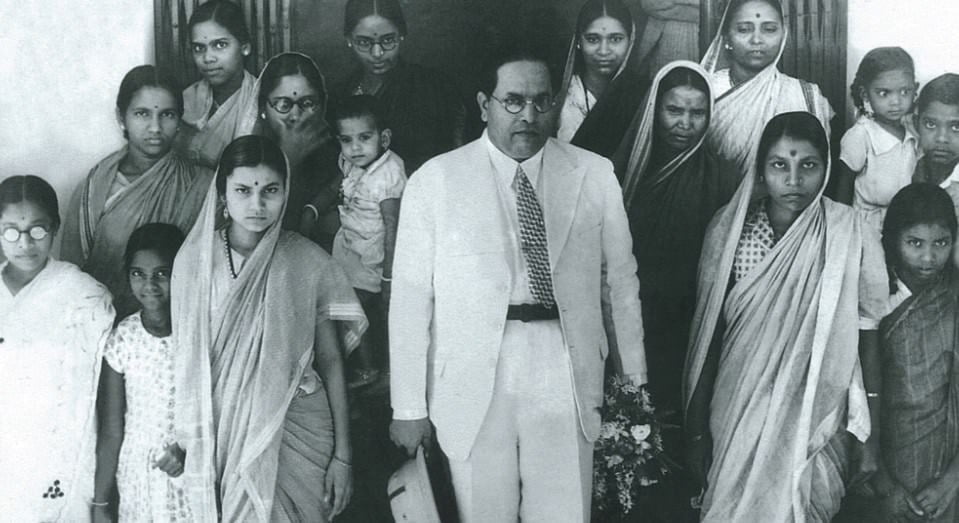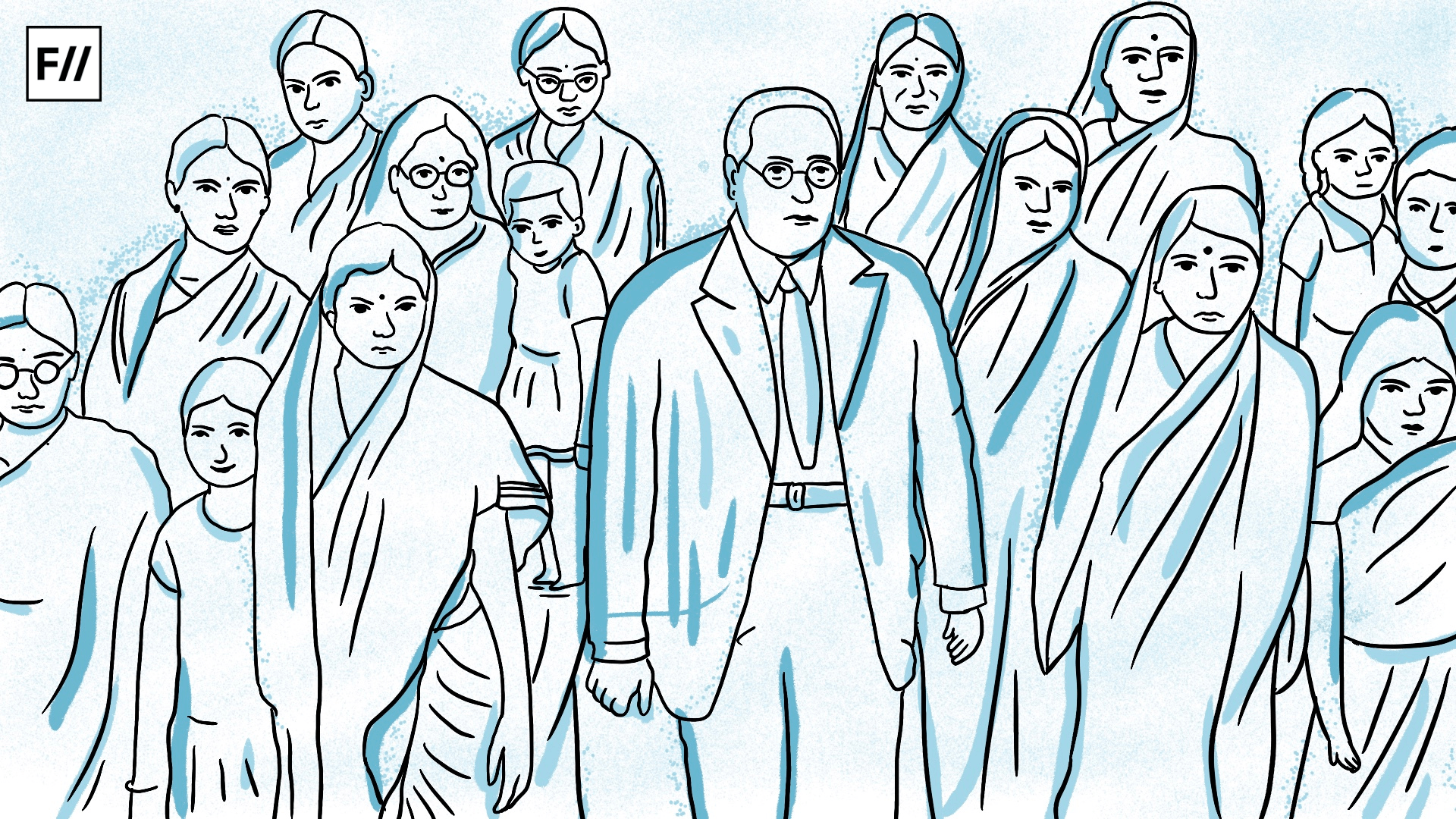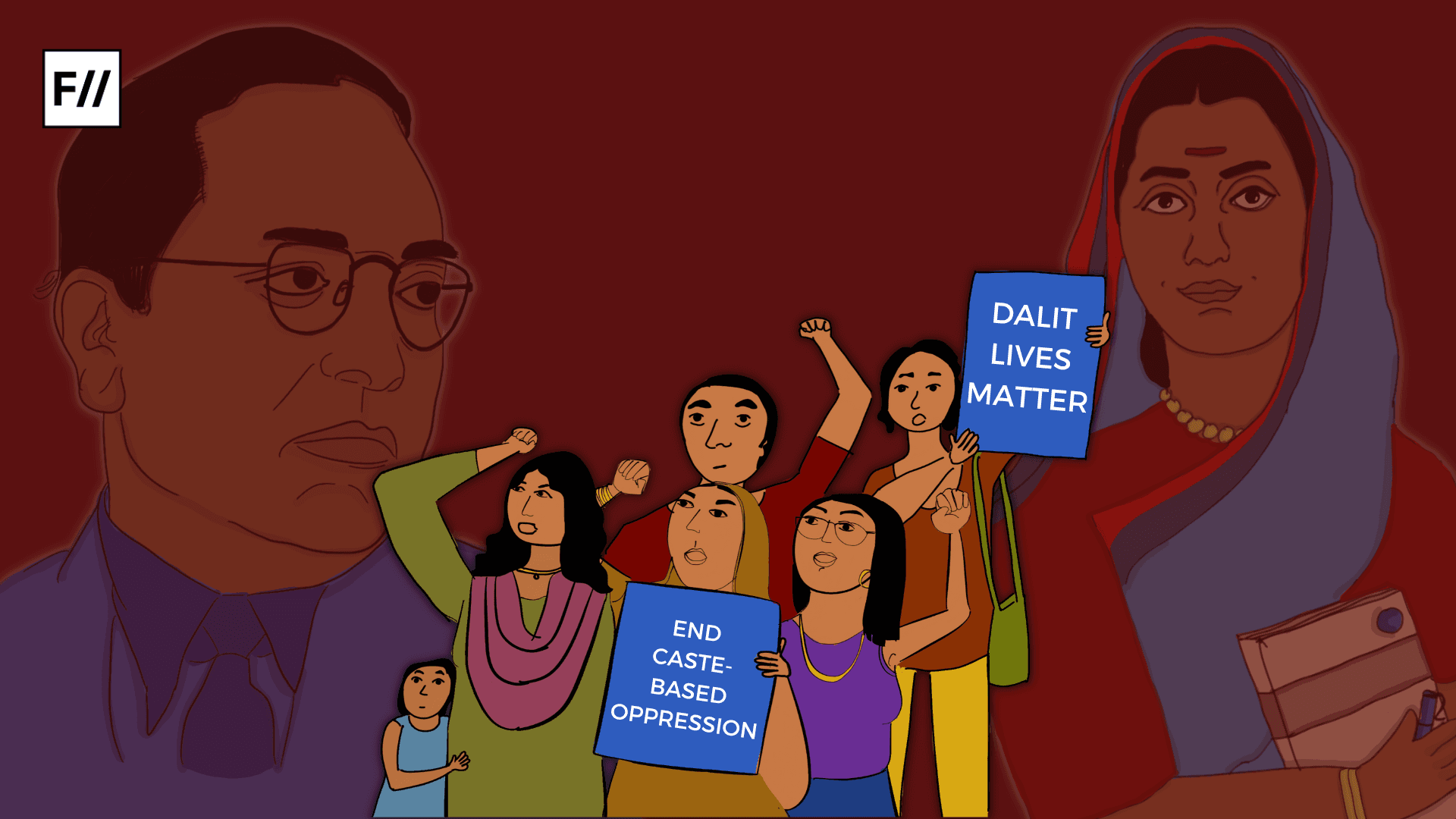When we list our feminist icons here in India, we often overlook Babasaheb Ambedkar. Any mention of Dr Ambedkar and his work is often sought to be confined. He becomes a ‘Dalit leader’. While his work in opposing and fighting the caste system is perhaps second to none, such a process of labelling refuses to recognize the other aspects of his work. Aspects of his work which have benefitted every Indian citizen.
And yet sometimes, when he is called Father of the Indian Constitution, this becomes an exercise in empty tokenism. There is hardly any acknowledgement of the debt every citizen of this country—regardless of caste, gender, religion—owes him for enshrining equality as a fundamental right.
This is a disservice not only to Ambedkar but to the fundamental precepts of the feminist movement, an important part of which is to acknowledge and celebrate contribution—intellectual and otherwise—of those who don’t figure in the mainstream hero pantheon. And Ambedkar’s contribution towards securing the position of disadvantaged sections is significant. This includes not just lower caste men and women, but also upper caste women.
Apart from the numerous speeches which drive home his basic belief in the equality of women, Ambedkar’s theorisation of the interlinked nature of caste and gender-based oppression in India was a pioneering feat. His now oft-quoted 1917 paper called Castes in India shows how in the Indian context, the specific ways in which women and their sexuality are controlled, all hinge on the maintenance of the caste system.

He outlines this by showing how strict control of women through sati, child-marriage and restriction of widow remarriage were all devised to deal with the problem of ‘surplus women’. To keep the caste group enclosed, marriage outside the community had to be restricted and to avoid men from marrying outside the community these novel strategies had to be devised. Women had to be controlled, not men.
To further illustrate this, Ambedkar takes up what is considered—rightly or wrongly—one of the foremost books of Hindu law, the Manusmriti. As noted in Against the Madness of Manu, in his Riddles of Hinduism, which has been opposed by the likes of the Shiv Sena,
when he is called Father of the Indian Constitution, this becomes an exercise in empty tokenism.
“Ambedkar details Manu’s low opinion of women, specifically highlighting his commentary on the inherent seductions by women of men leading to deviance and disloyalty as necessitating control. To the frequent elucidation of Manu’s injunction…Ambedkar posits the…picture of a misogynist, whose law of divorce neither curbed a man from giving up his wife nor pre-empted him from abandoning and or selling her…” (143).
What is more, he also questions Hindu epics for the gender dynamics they peddle. He is critical of Ram’s treatment of Sita for example and says:
“Consider his treatment of his own wife…The first thing Ram does after the close of the fight is to give a decent burial to the dead body of Ravana. Thereafter he interests himself in the coronation of Bibhishana, and it is after the coronation is over that he sends Hanuman to Sita and that too to inform her that he, Laxman and Sugriva, are hale and hearty and that they have killed Ravana…Rama does not go to Sita, his own wife, who was kidnapped and confined by Ravana for more than ten months.” (179, 180)
Also Read: The Life And Times Of Dnyanjyoti Krantijyoti Savitribai Phule | #IndianWomenInHistory
And by codifying Hindu personal law (Ambedkar was the one to introduce the Hindu Code Bill), Ambedkar facilitated the legal recognition of women as equal citizens. He granted women the right to divorce, the right to inheritance and he provided for legal recognition of inter-caste marriages.
What is tremendously significant is the fact that he stood by these suggestions in the face of stiff opposition from conservative members of the Parliament, many of whom were leaders of the Congress party. Identifying the objections to the Bill, as “three points of controversy” (namely, “abolition of castes as a necessary requirement for a valid marriage”, “the prescription of monogamy” and “permission for divorce”), he addressed each one point by point.
At times he used the argument that law is merely opening up one type of choice (inter-caste marriage) but it isn’t disallowing orthodox choices (endogamy). So there should be no real opposition to it. At times, he referred to Hindu texts themselves to make his point such as on the point of monogamy.
This way of basing his arguments on planes that would be more likely to persuade his detractors can be seen a strategic move to merely get the legislation going. Though he was interested in these changes because of his interest in social justice, his arguments were more pragmatic than idealistic in such instances.
Ambedkar’s theorisation of the interlinked nature of caste and gender-based oppression in India was a pioneering feat.
In fact, in his resignation speech, Ambedkar says that while he was uncomfortable with the workings of the Cabinet and the government for some time, he never resigned earlier because he wanted the Hindu Code Bill to become law:
“The Hindu Code was the greatest social reform measure ever undertaken by the legislature in this country. No law passed by the Indian legislature in the past or likely to be passed in the future can be compared to it in point of its significance. To leave inequality between class and class, between sex and sex, which is the soul of Hindu society, untouched and to go on passing legislation relating to economic problems is to make a farce of our Constitution and to build a palace on a dung heap. This is the significance I attached to the Hindu Code. It is for its sake that I stayed on, notwithstanding my differences.” (241)
But when discussion on the Bill was delayed repeatedly, and then finally the Bill was dropped because of lack of time for its discussion, Ambedkar handed in his resignation because he had “to be true to himself”.
That he recognised the equal status of women and that he worked towards securing it legally at a time when barely anyone else was, is beyond question. But whether retrospectively labelling him as a feminist is necessary or sensible is a different question altogether.
Also Read: On Babasaheb’s Birth Anniversary: 13 Feminist Principles of Dr B R Ambedkar
Featured Image Credit: Forward Press
About the author(s)
Pradnya Waghule teaches Communication at a Mumbai college.





Please read up on how he treated his own wife, how much agency he gave her? And how much of his own ideology was imposed on her, taking away her own ability to make choices for herself.
उन्होंने देश की लाखो करोडो महिलाओं के अधिकारों के लिए अपने परिवार का त्याग किया
He he he, that’s my family out there. The lady standing right hand side of Dr B R Ambedkar is my grandmother and her sisters. I am so proud of u, Aaji!